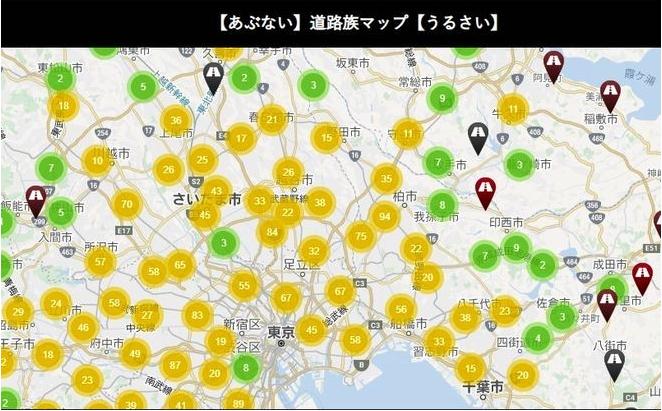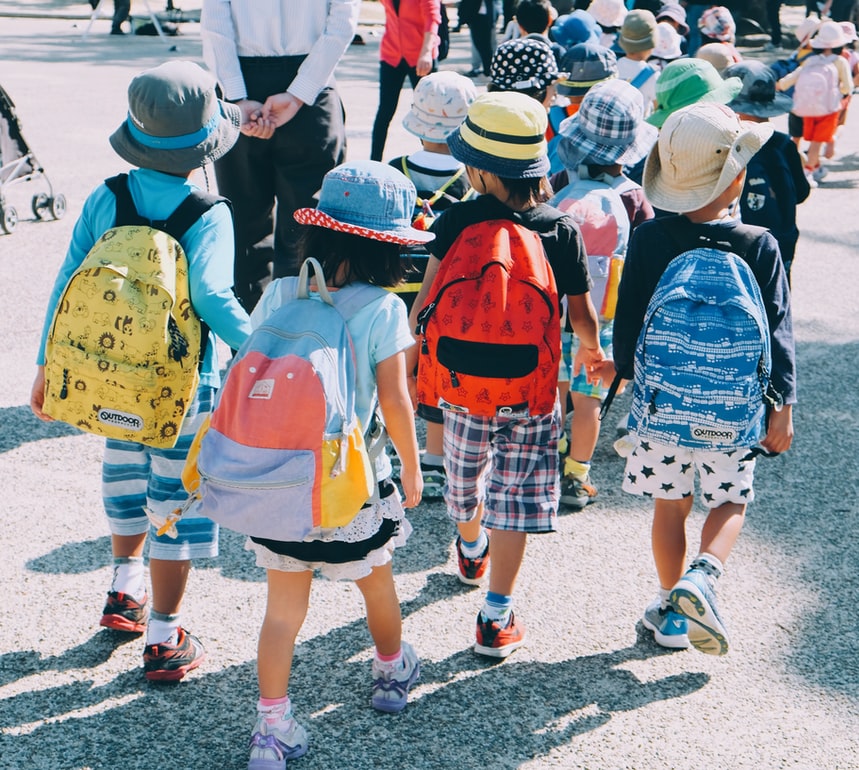- 阅读
- 阅读
- 技巧
- 百科
- 试题
- 文化
- 技能
日本一家网站制作了“道路族地图”,专供网友标注有“熊孩子”出没或有人大声聊天的吵闹地点,帮助人们规避。截至目前,在“道路族地图”上约有6000个标注点。有观点认为,这样的方式将助长人们的“不宽容”心理,即只要有一丁点杂音,就要上网标记投诉。

A mapping website that shows areas with noisy children, loud gossipers and other “annoying” people has drawn criticism as promoting intolerance and providing an outlet for disgruntled residents seeking to lash out at their neighbors.
日本一家地图网站制作了“道路族地图”, 标注了有吵闹的孩子、大声闲聊的人以及其他“惹人烦”的人们出没的地区。该网站因此遭到批评,称此举让人们更加不宽容,为心怀不满的居民发泄对邻居的不满提供了一个出口。
The Dorozoku Map (Road tribe map) site is designed for people who want to live in quiet environments. “Dorozoku” has become an online term that refers to children and adults who are loud in public as well as trespassers.
“道路族地图”网站是为那些想要生活在安静环境中的人而设计的。“道路族”已经成为一个网络用语,指在公共场合大声喧哗的儿童和成年人以及擅自闯入者。
trespasser [ˈtrespəsə(r)]:n.侵害者;侵入者;违反者
Opened in 2016, the site as of Feb 1 featured 5,973 registered spots nationwide. Clicking the icons on the map will show descriptions of the specific areas, such as “children noisily playing with balls” and “their parents engage in back-fence gossip together for hours.”
该网站于2016年开放,截至2月1日,地图上共有5973个标注点。点击地图上的图标,就会显示特定区域的描述,比如“孩子们大声地玩球”,“他们的父母围在一起闲聊几个小时”。
back-fence gossip:邻居间的闲言碎语
One post reports that “children of elementary school age continue playing and romping around irrespective of the trouble caused to residents nearby.” Another says, “My car nearly hit children on many occasions.”
一位网友在帖子中说,小学生们一直玩耍嬉闹,完全不顾及给附近居民带来的麻烦。”还有人说,“我的车好几次差点撞到孩子”。
A baby “can be heard crying shortly after 7 in the morning,” a post said. Another person complained that “children of lower kindergarten age are shouting on the street in the evening and on Saturdays and Sundays.”
一则帖子称,“早上7点刚过,就能听到婴儿哭闹”。另一个人抱怨说,“幼儿园年龄较小的孩子晚上和周末在街上大喊大叫。”
Some online users have praised Dorozoku Map for “clearly displaying whether certain areas are tolerant of children’s playful voices and proving helpful for families with children to choose homes to buy.”
一些网友对“道路族地图”表示赞赏,称该地图“清楚地显示了某些区域是否能容忍孩子的顽皮声音,这对有孩子的家庭选择买房地段很有帮助。”

But others are upset that their areas have appeared on the map.
但其他人对所在地区出现在地图上感到不安。
A care facility for children stands along a Tokyo street that the site describes as “noisy with kids’ voices.” An insider said the children are taken for strolls and other outdoor activities in the hours mentioned on the site.
网站描述东京某条街道上的儿童看护机构称,这条街道“充满了孩子们的嘈杂声”。一位知情人士说,在网站上提到的时间段,是孩子们被带去散步和进行其他户外活动的时间。
“I did not know our establishment is on the site,” said the insider. “It has been open for more than five years and received no complaints so far.”
“我不知道我们的机构会出现在网站上,”这位知情人说,“这里已经经营了五年多,到目前为止没有收到任何投诉。”
A woman in her 30s who picked up her child at the facility expressed concern. “The location is shown so I fear users may visit here after checking the map,” she said.
一名来接孩子的30多岁女性表达了担忧。她说:“地图上标注了这里的位置,我担心用户看完地图后会来这里。”
Norihisa Hashimoto, a professor emeritus of acoustic environment engineering at the Hachinohe Institute of Technology, noted that judgments on whether neighborhood sounds are “irritating noise” can be determined by the individual’s loneliness, stifling mood and other psychological factors.
八户工业大学声环境工程荣誉退休教授桥本德久指出,判断邻里的声音是否是恼人的噪音,可能取决于个人的孤独感、压抑的情绪和其他心理因素。
How well the person is coping under the novel coronavirus crisis could also affect judgment.
应对新冠疫情的能力也会影响判断。
Hashimoto, who heads the General Research Laboratory of Noise Problem, said people who read the posts on the website “may feel their own rage is reasonable, fueling intolerance.”
桥本德久是噪音问题综合研究实验室的负责人,他说,人们读了网站上的帖子后可能会觉得自己的愤怒是合理的,从而更加不宽容。
“Those who post comments should be tolerant and calmly rethink if others’ behavior can really be deemed as a nuisance,” Hashimoto said. “At the same time, guardians of children should be moderate, such as limiting play time.”
他说:“那些发表评论的人应该宽容一些,冷静地反思一下别人的行为是否真的令人讨厌。同时,孩子的监护人要适度采取措施,比如限制玩耍时间。”
来源:英语点津
参与评论